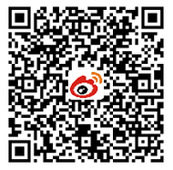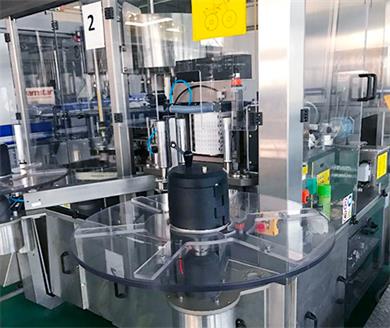Research Study: Demand for RFID Solutions
Interview with David Krebs, Executive Vice President for VDC Research and RFID & Wireless IoT Global!
When it comes to the adoption of UHF RFID technology, the current global pandemic seems to be serving as an excellent catalyst beneath an already-expanding market. A total of 21 billion RAIN RFID tag integrated circuits were sold worldwide in 2020, a 15 % increase over 2019, according to the recently-published RAIN RFID Market Research Report. (RAIN is the brand name for passive UHF RFID.)
In addition to outperforming all industry forecasts, those numbers suggest a continued upswing in demand for RAIN RFID solutions going forward--especially if they help move the world through this unprecedented pandemic.
External Link to the RFID & Wireless IoT Global landing page
VDC Research, a technology research and advisory firm, was commissioned by the RAIN Alliance to conduct a study of the various segments of the RFID market and identify the level of demand for RFID solutions. “Doing research on the RFID market is complicated because it’s a fairly complex sort of ecosystem of participants, and it’s important to really understand those layers,” explained David Krebs, Executive Vice President for VDC Research.
To get a thorough understanding of the lay of the land, VDC interviewed predominant players from IC vendors and inlay manufacturers, to label converters and reader vendors, as well as retailers and brand owners who really understand what’s happening in the marketplace. Based on that research and collection, they developed three different scenario-based outlooks regarding UHF RFID, even the most optimistic of which was surpassed by the significant increase in actual sales by the close of 2020. “I certainly was pleasantly surprised to see how the industry performed in the face of the challenges of the pandemic,” said Krebs.
RFID solutions for apparel applications and inventory management in retail have long proven beneficial. But retailers that had already incorporated RFID capitalized on the systems during the pandemic. “Retailers thought: now that we've seeded the market, let's figure out what else we can accomplish with the technology,” Krebs explained. Suddenly, RFID systems began to help turn stores into fulfillment centers, Click and Collect or BOPIS models were set up, RFID was incorporated for returns management, point of sale, and multiple channels of customer engagement.
Beyond apparel though, RFID solutions for logistics opportunities are emerging in multiple sectors, from Automotive to Manufacturing and everything in between. “Looking at food, parcel, healthcare...they have the potential to dwarf what’s happening in apparel today. Apparel is by far the leading volume application in RAIN RFID today,” said Krebs. Here’s a sampling of a few sectors and how they’re incorporating RFID (especially during the pandemic):
Healthcare: Amidst the coronavirus crisis, location-based solutions with real-time tracking are ensuring nurses don’t waste time looking for equipment in sprawling hospital complexes. Smart refrigeration is being developed to read tags at the low temperatures required for the BioNTech/Pfizer vaccine. Implementing RFID solutions to tag medications, improve point of care facilities and build smart cabinets is allowing medical workers to better focus on the patients in their care.
Aviation: While borders closed and airports shuttered at the height of the pandemic, some airport operators took advantage of the down cycle to upgrade infrastructure. Once travel resumes as normal, passengers will be better able to track their baggage, engage with the airline and enjoy their journeys.
Parcel Distribution: Parcel volume continues to rise exponentially--especially during lockdowns, and the need to manage that volume efficiently could see RFID employed for those workflows.
Food: Quick service restaurants are beginning to adopt RFID technology--not at the burger and bun level, but tagging the trays those burgers are delivered on. Temperature-based distribution could help address issues such as spoilage.
By 2024, the RAIN Alliance expects to see 58-83 billion RAIN RFID tag ICs sold worldwide. As demand for RFID solutions increases, the technology’s actual costs will decrease and become affordable to larger swaths of the population. Solutions will also become easier to integrate, further spurring their adoption. Whether it’s a contactless payment solution or the real-time tracking of a ventilator, RFID solutions are on the rise. “We’re quite optimistic in terms of the long term outlook for this technology,” said Krebs.
- Impinj unlocks new IoT device opportunities with launch advanced RAIN RFID chips
- RFID is Improving the World of Healthcare
- Confidex Ferrowave Micro Delivers On-Metal RFID Tracking for Specialty Retail
- Paragon ID announces the acquisition of Security Label, European leader and one of the world's bigge















